Back to blog
Smart Fingerprint Locks: Technology Demand Analysis

Fingerprint locks
In our digitally-driven era, the demand for secure yet convenient access control systems has propelled biometric security to the forefront. Among these, fingerprint locks have emerged as a preferred choice, offering a seamless blend of sophisticated security measures and user-friendly accessibility. In this comprehensive guide, we will navigate through the intricate landscape of fingerprint locks, dissecting their applications, underlying technology, design intricacies, manufacturing processes, testing protocols, and cutting-edge advancements.
The development of fingerprint recognition technology benefits from the research on modern electronic integrated manufacturing technology and fast and reliable algorithms. Although fingerprints are only a small part of human skin, the amount of data used for identification is quite large. Comparing these data is not a simple issue of equality or inequality, but uses a fuzzy matching algorithm that requires a lot of operations. Modern electronic integrated manufacturing technology allows us to manufacture fairly small fingerprint image reading devices. At the same time, the rapid development of personal computer computing speed provides the possibility of comparing two fingerprints on a microcomputer or even a microcontroller. In addition, the reliability of matching algorithms is also constantly improving, and fingerprint recognition technology has become very practical.
The Ascendancy of Biometric Systems
Biometric security systems have undergone a remarkable evolution, capitalizing on unique human attributes such as fingerprints, facial features, and iris patterns to fortify access control mechanisms. Within this domain, fingerprint recognition stands out for its unparalleled combination of precision, rapidity, and cost-effectiveness.
By watching a video showcasing the fabrication process of PCBs, can gain a deeper understanding of Fingerprint locks
Fingerprint lock cross-industry application
Fingerprint locks find utility across a spectrum of domains, serving as sentinels of security in various environments:
- Residential Fortresses: Offering homeowners a keyless entry solution fortified with robust security measures.
- Corporate Bastions: Facilitating seamless access management for employees and visitors within office complexes.
- Educational Strongholds: Safeguarding sensitive zones like laboratories and administrative offices within educational institutions.
- Healthcare Sanctuaries: Ensuring the confidentiality of patient data and pharmaceuticals within healthcare facilities.
- Hospitality Havens: Balancing guest convenience with operational security in the hospitality and tourism sector.
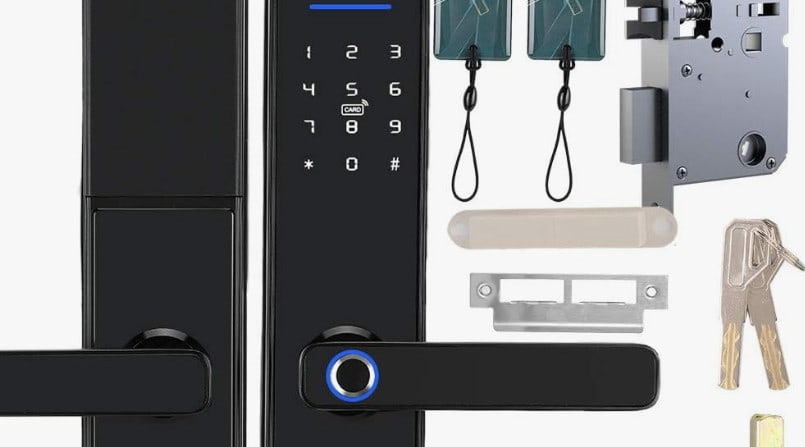
Smart fingerprint locks
Unveiling the Technology Behind Fingerprint Locks
Fingerprint locks represent a pinnacle of technological integration, where a sophisticated blend of innovations converges to ensure seamless access control. Let’s delve into the intricate layers of technology that constitute the essence of fingerprint lock functionality:
Sensing: Precision in Every Detail
At the core of fingerprint lock technology lies the sensor, a pivotal component responsible for capturing the unique patterns of human fingerprints with utmost precision. These sensors come in two primary variants:
- Optical Sensors: Harnessing the principles of light reflection and refraction, optical sensors capture high-resolution fingerprint images by analyzing the light reflected off the ridges and valleys of the fingerprint’s surface.
- Capacitive Sensors: Leveraging electrical conductivity, capacitive sensors detect the subtle variations in electrical charge caused by the ridges and furrows of the fingerprint, translating these variations into digital data for processing.
Processing: Unraveling the Fingerprint’s Secrets
Once the fingerprint image is captured, it undergoes a journey through the labyrinth of image processing algorithms. These algorithms meticulously analyze the captured image to extract minutiae features, which are unique characteristics such as ridge endings, bifurcations, and ridge counts. These minutiae serve as digital fingerprints, encapsulating the essence of an individual’s biometric identity.
Matching: Finding the Perfect Match
With the minutiae features extracted, the fingerprint lock embarks on a quest for identity validation. This journey entails comparing the minutiae-rich fingerprint data against a database of stored templates using sophisticated matching algorithms. These algorithms employ mathematical models to assess the similarity between the captured fingerprint and the stored templates, determining whether a match exists within predefined thresholds.
Access Control: Granting Passage to the Rightful Owner
Upon a successful match, the fingerprint lock transitions from assessment to action, activating the unlocking mechanism to grant access to the authorized individual. This mechanism may take various forms, from traditional mechanical bolts to cutting-edge electronic actuators, each designed to seamlessly integrate with the overall architecture of the lock system.

Smart fingerprint locks power supply schematic diagram
Crafting Effective Fingerprint Lock Designs
Designing a resilient fingerprint lock necessitates meticulous attention to various components:
- Sensor Selection: Choosing between optical and capacitive sensors based on resolution, size, and efficiency requirements.
- Processing Power: Integrating microcontrollers or microprocessors to manage image processing, encryption, and control functions.
- Algorithm Optimization: Striking a balance between speed, accuracy, and resource utilization in matching algorithms.
- Power Management: Determining suitable power sources, from internal batteries to external adapters, to ensure portability.
- Enclosure Engineering: Designing robust enclosures that shield internal electronics from environmental hazards while ensuring user-friendliness.
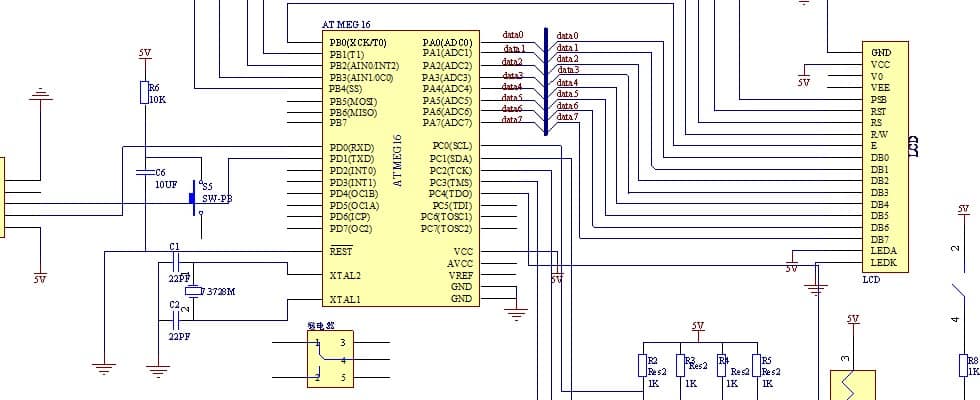
Fingerprint lock hardware circuit diagram 14 years ago
Fingerprint lock precision manufacturing and assembly process
The fabrication of fingerprint locks entails a blend of precision manufacturing techniques and stringent quality control measures:
- Sensor Fabrication: Ensuring the precision manufacture of sensors to guarantee reliable fingerprint capture.
- Processor Procurement: Sourcing processors from reputable manufacturers to ensure consistent performance and security.
- Algorithm Refinement: Continuously refining matching algorithms through testing to enhance recognition accuracy.
- Assembly Standards: Adhering to stringent assembly guidelines, including ESD protection and quality audits, to ensure reliability.
Ensuring Optimal Performance through Rigorous Testing and Calibration
Ensuring the optimal performance of fingerprint locks relies on rigorous testing and calibration. Components undergo comprehensive unit tests to verify functionality and assess power consumption. Sensors are rigorously evaluated for reliability across diverse environmental conditions, while matching algorithms are fine-tuned to achieve precision in discerning friend from foe. Environmental endurance trials fortify locks against extreme temperatures and humidity, while user feedback drives iterative refinements for intuitive user experiences.
In conclusion, the efficacy of fingerprint locks stems from meticulous testing and calibration procedures. These processes ensure that fingerprint locks deliver unparalleled security and reliability, meeting the demands of modern access control with confidence and precision.
Innovations Shaping the Future of Fingerprint Locks
The horizon of fingerprint lock technology is brimming with promising advancements:
- Multimodal Integration: Integrating fingerprint recognition with other biometric modalities like facial or voice recognition for augmented security.
- Anti-Spoofing Measures: Deploying cutting-edge techniques like liveness detection to thwart counterfeit fingerprint attempts.
- Encryption and Cloud Integration: Harnessing cryptographic methods to fortify fingerprint data security and enable cloud-based management.
- Smart Home Fusion: Seamlessly integrating fingerprint locks with smart home ecosystems for remote access control and monitoring.
- Mobile-Centric Authentication: Empowering users with smartphone-based fingerprint authentication, eliminating the need for direct enrollment in each lock.
Conclusion
In summation, fingerprint locks epitomize a quantum leap in access control technology, marrying convenience with unparalleled security. As technological strides continue to unfold, the realm of biometrics holds the promise of even more secure and seamlessly integrated access control solutions. In this dynamic landscape, fingerprint locks are poised to remain indispensable, safeguarding the portals of modernity with unwavering fortitude and sophistication.
FQA
Q1: How does the manufacturing process of FR4 Multilayer PCBs differ from that of single-layer PCBs?
A: While both single-layer and multilayer PCBs share some manufacturing processes, such as etching and drilling, multilayer PCB fabrication involves additional steps like layer alignment and lamination to stack multiple layers together. These layers are interconnected through vias, creating complex circuitry suitable for advanced electronic devices.
Q2: What role does PCB assembly play in the functionality of fingerprint locks?
A: PCB assembly is crucial in integrating various electronic components of a fingerprint lock, including sensors, microcontrollers, and actuators. The assembly process ensures proper connection and functionality of these components, directly impacting the performance and reliability of the lock system.
Q3: Can you explain the significance of half holes in PCBs and their application in fingerprint lock technology?
A: Half holes in PCBs serve as mounting points for components or connectors, providing stability and support. In fingerprint locks, half holes may be utilized for attaching sensors, processors, or other electronic components securely to the PCB, enhancing the overall durability and performance of the lock system.
Q4: How do fingerprint locks adapt to diverse environmental conditions, and what role does PCB design play in this adaptation?
A: Fingerprint locks undergo rigorous environmental endurance testing to ensure reliability across various conditions like temperature and humidity extremes. PCB design plays a critical role in this adaptation by incorporating protective measures such as conformal coating or sealed enclosures to shield internal electronics from environmental hazards, thus maintaining optimal performance.
Q5: What are the advantages of integrating fingerprint locks with smart home ecosystems, and how does PCB technology facilitate this integration?
A: Integrating fingerprint locks with smart home ecosystems allows for remote access control and monitoring, enhancing convenience and security. PCB technology enables this integration by incorporating communication modules such as Wi-Fi or Bluetooth, facilitating seamless connectivity with smart home hubs or mobile devices for remote management and authentication.
PCB & PCBA quick quote
Related Articles
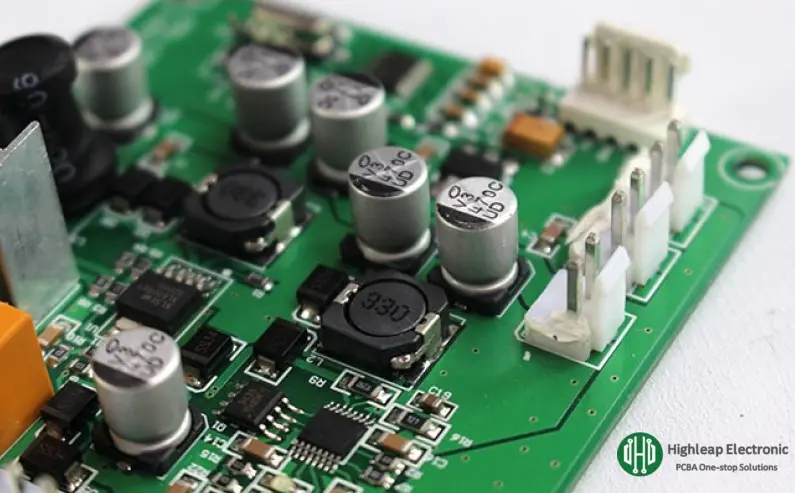
Comprehensive Guide to Electronic HS Codes for PCBA
Export PCBAIn the realm of international trade, HS Codes (Harmonized System codes) are crucial for the classification and categorization of goods. Developed by the World Customs Organization (WCO), these numerical codes provide a standardized method for customs...

Chinese Chips: A Comprehensive Guide for Tech Enthusiasts
Chinese ChipsIn recent years, China's semiconductor industry has experienced a significant transformation, establishing itself as a major player in the global chip market. With advancements in technology and substantial investments in research and development, Chinese...
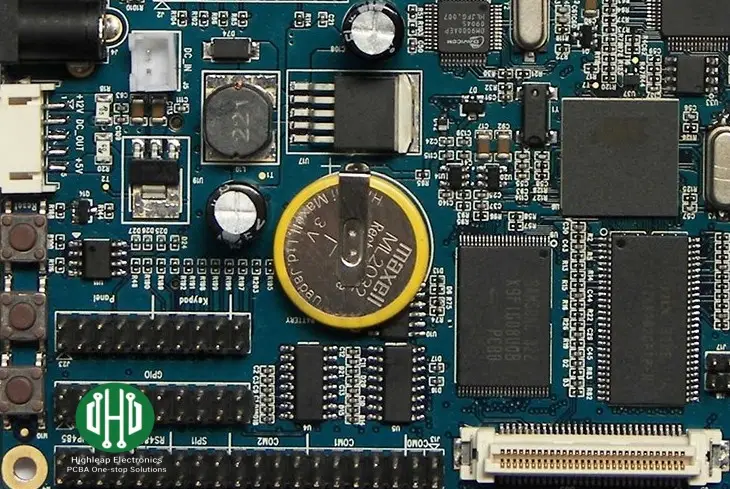
What is an Integrated Circuit (IC) and its Types
Integrated Circuit PCBAConceived independently by Jack Kilby and Robert Noyce in the mid-20th century, the integrated circuit marked a significant leap in technology. Kilby’s successful creation of the first functional IC in 1958 propelled semiconductor technology to...
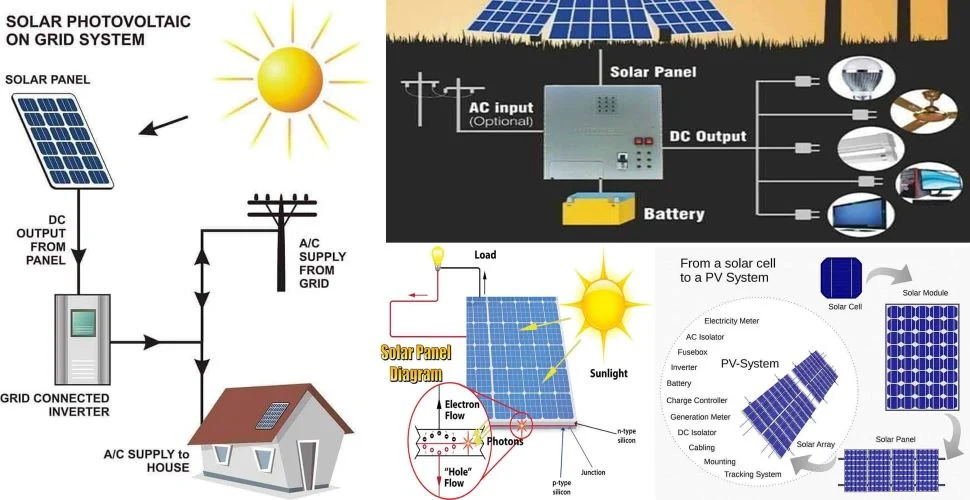
Photovoltaic Controllers: Key Components and Features
Schematic diagram of Solar control system-Photovoltaic controllerWhat is a Photovoltaic controller? A Photovoltaic controller is one of the core components in a photovoltaic power generation system. Its primary function is to manage and control the electrical energy...
Take a Quick Quote
